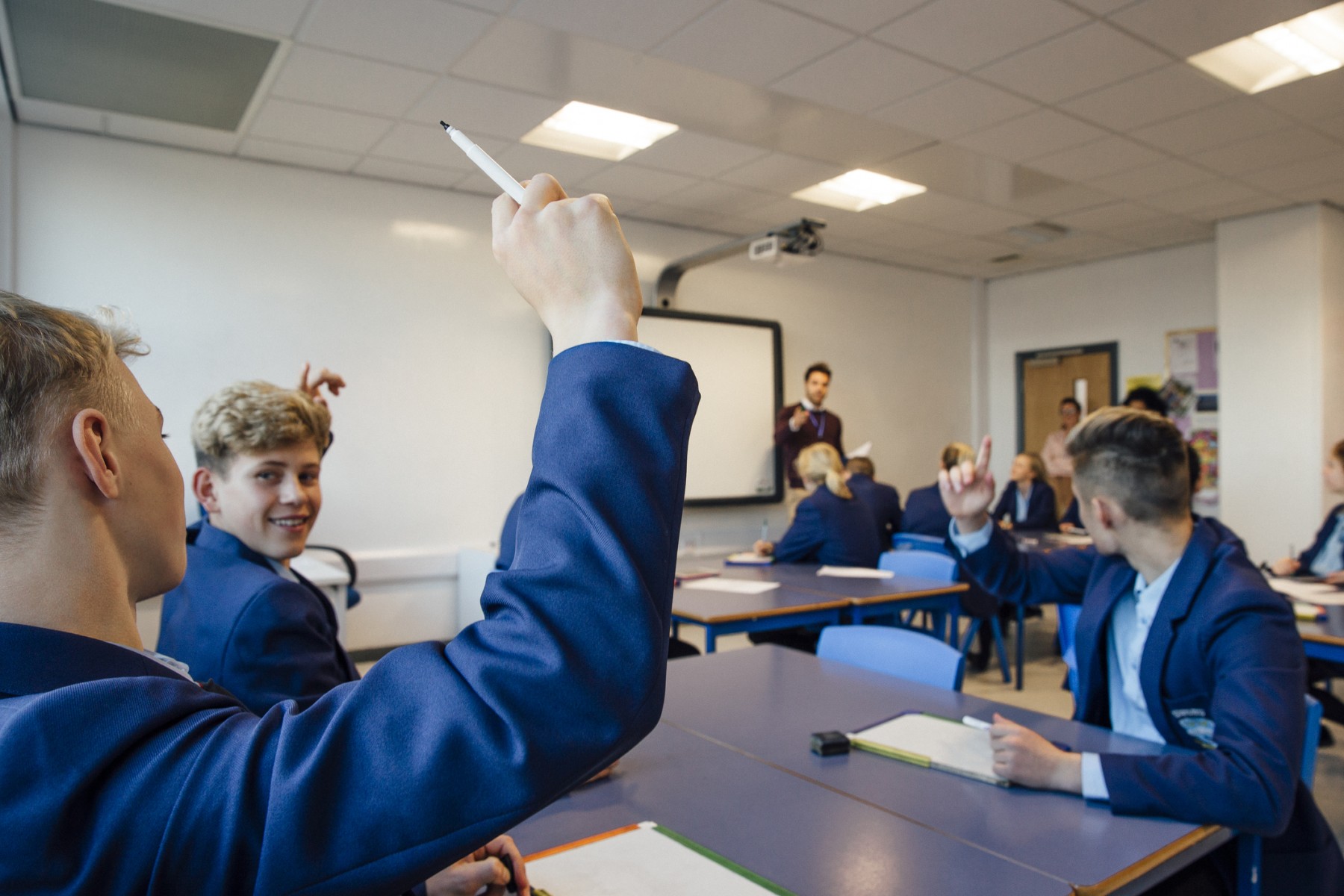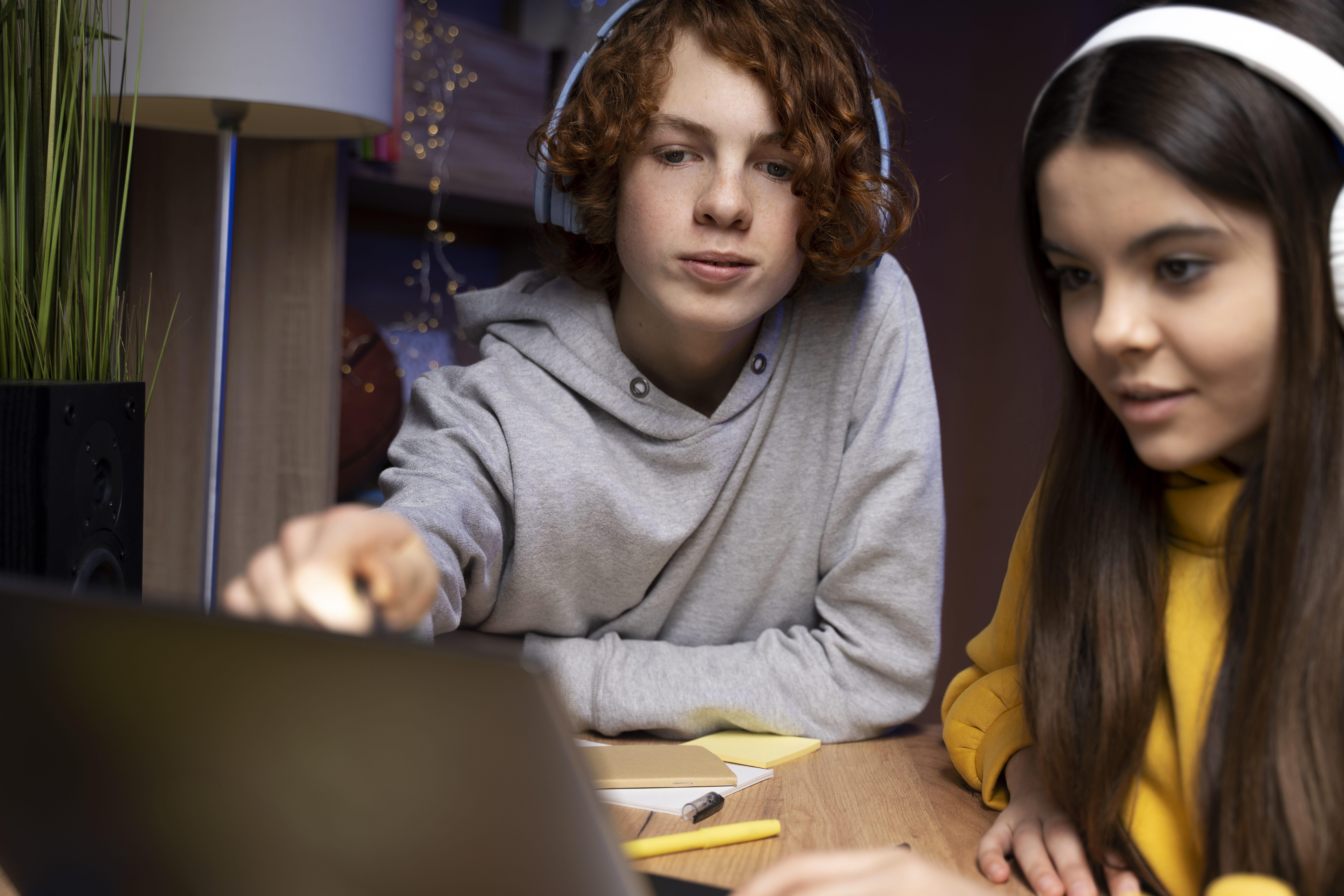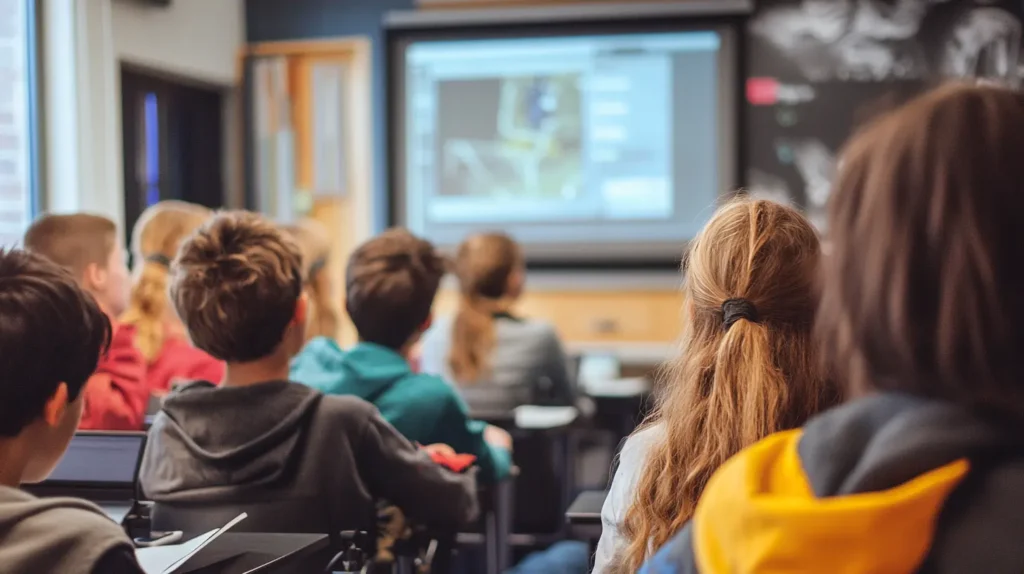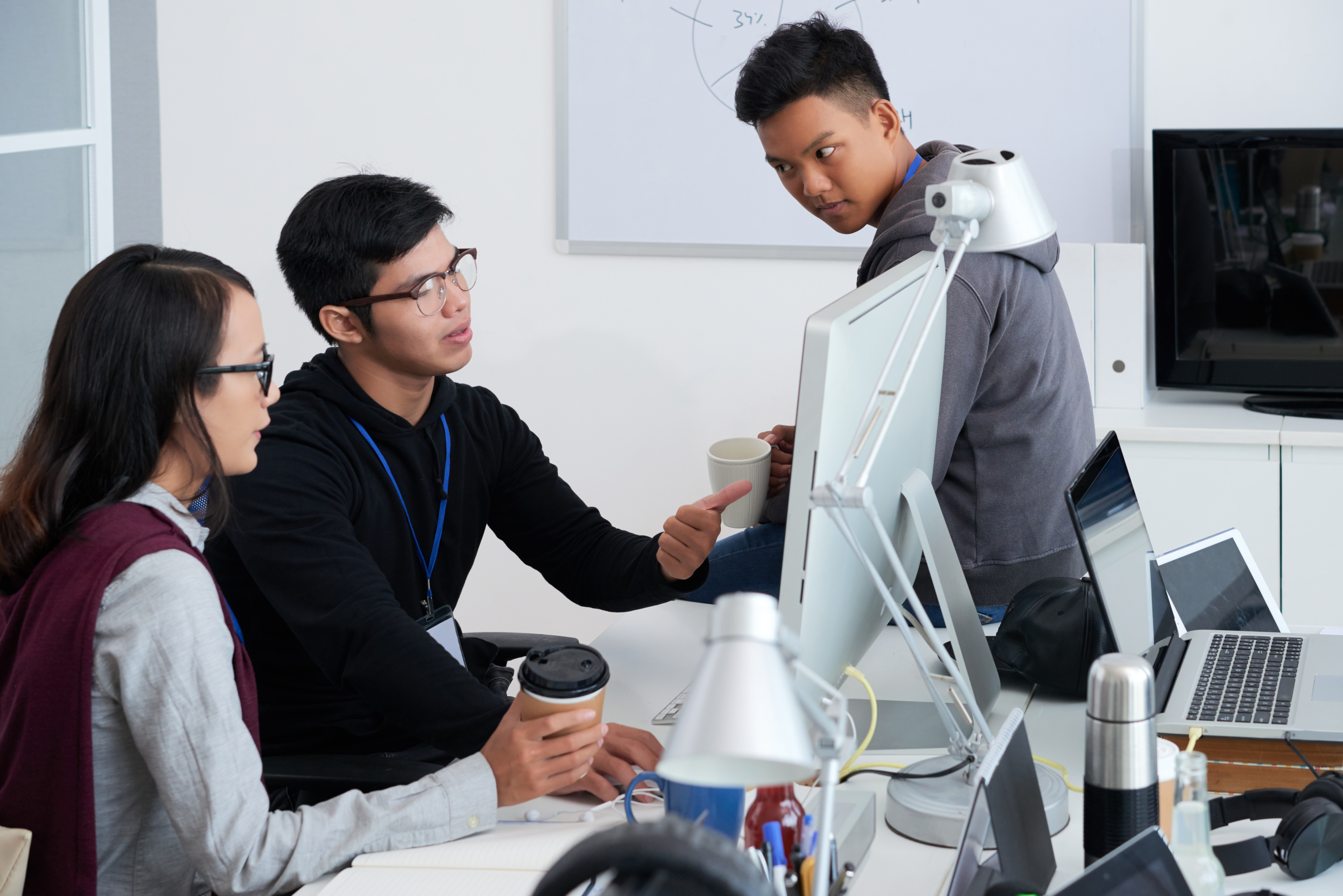Search
.png)
The Evolving Relationship Between AI and Language
1. AI Writing Assistants: How Do They Influence Creativity and Originality in Student Essays?
Focus: The tension between support and substitution in writing.
Key angles:
-
Creativity enhancement: AI tools (like ChatGPT or Grammarly) can help generate ideas, improve flow, or model stylistic techniques, supporting students’ creative process.
-
Originality concern: Overreliance may lead to homogenized writing, reduced independent thought, and potential plagiarism or authorship issues.
-
Pedagogical implications: Should teachers encourage, restrict, or integrate AI use explicitly in the classroom?
-
TOK link: What does it mean to “own” an idea or piece of writing?
Potential structure:
-
Define creativity and originality in the context of essay writing.
-
Examine positive and negative effects of AI tools.
-
Include student/teacher perspectives or case studies.
-
Conclude with a balanced view on responsible use.
Useful sources/concepts:
-
IB’s academic integrity guidelines
-
Creativity theories (e.g., “distributed creativity”)
-
Concepts of authorship and intellectual property
2. The Role of AI in Language Acquisition and Translation for IB Language B Students
Focus: AI as a linguistic aid and cultural bridge.
Key angles:
-
Language learning: AI tools can provide instant feedback, pronunciation correction, and contextual learning opportunities.
-
Translation: DeepL, Google Translate, and AI chat models now produce near-human translations — how does this shape how students understand nuance, idiom, and cultural meaning?
-
Dependence vs. development: Does using AI reduce authentic engagement with the language, or can it scaffold understanding in meaningful ways?
-
Cultural authenticity: Can AI truly capture the “spirit” or connotation of another language?
Potential structure:
-
Overview of AI tools in language education.
-
Benefits: accessibility, personalized feedback, real-time correction.
-
Risks: overreliance, loss of interpretive skill, reduced motivation.
-
Future outlook for IB Language B learning environments.
Useful sources/concepts:
-
SLA (Second Language Acquisition) theory (e.g., Krashen’s input hypothesis)
-
IB Language B assessment criteria
-
Cognitive linguistics: how language reflects thought and culture
3. Can AI-Generated Literature Be Considered “Authentic Art”? (TOK-Style Question)
Focus: The nature of art, creativity, and authorship in the age of algorithms.
Key angles:
-
Knowledge question: “To what extent does the creator’s intention determine whether something is art?”
-
Perspective 1: AI lacks consciousness or emotion, so its outputs are simulations, not expressions of human experience.
-
Perspective 2: Art is defined by reception and interpretation — if an audience experiences emotion or meaning, it is art.
-
Philosophical connections:
-
Plato’s and Aristotle’s views of mimesis
-
Kant’s idea of aesthetic judgment
-
Modern debates on authorship (Roland Barthes: “The Death of the Author”)
-
Potential structure:
-
Define “art” and “authenticity” through TOK lenses (shared knowledge, personal knowledge, perspective).
-
Evaluate examples of AI poetry, painting, or fiction.
-
Discuss whether intention or impact defines artistic value.
-
Conclude with reflection on what this reveals about human creativity.
Useful sources/concepts:
-
TOK themes: Knowledge and technology, Knowledge and the arts
-
Real-world examples (e.g., AI-generated novels, visual art like Edmond de Belamy)
-
Ethics of creative ownership

 2023-05-26
2023-05-26




